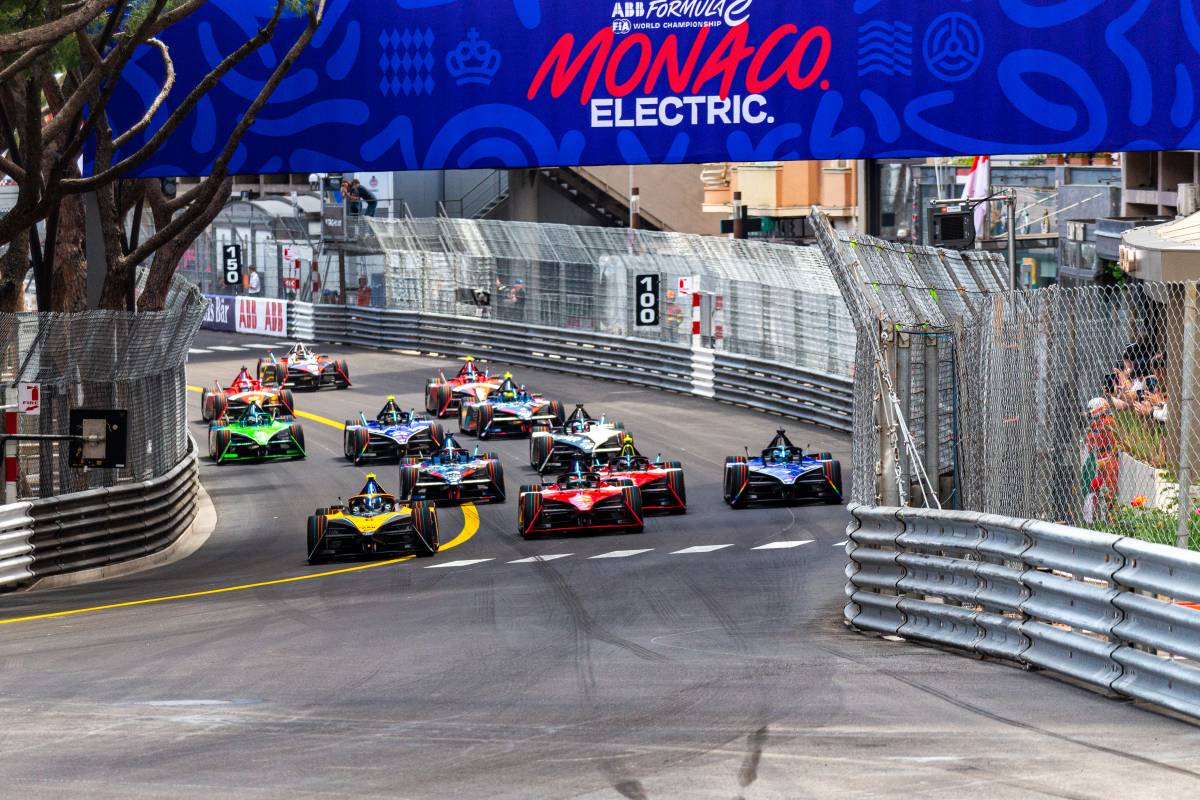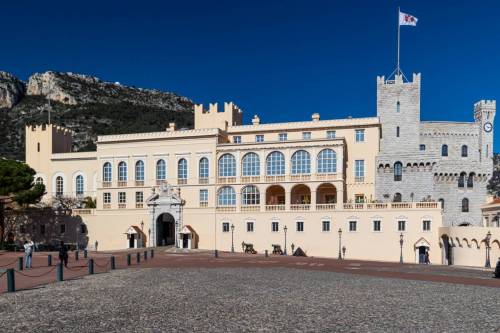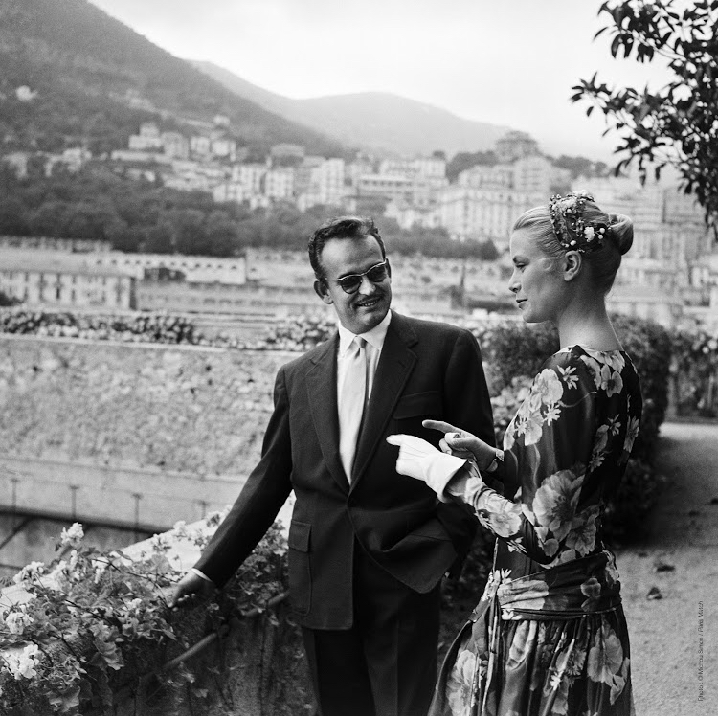In Monaco another racing season has ended, not only did the legendary Formula 1 Monaco Grand Prix pilots fight their way to victory through the narrow streets of the Principality, but there was also the equally expected and breathtaking Monaco E-Prix electric car race.
In just a few years, the Formula E concept has completely evolved thanks to electric racing cars and industry innovations. Eco-friendly racing is a relatively new phenomenon. Electric vehicles have not yet gone universal; their producers, however, are making major break-throughs from year to year. Thanks to their impressive capacities, they are now a worthy alternative to fuel-driven cars. The history of Formula E is yet quite young, dating back only 8 years. During this time, however, the race has undergone a significant evolution, getting more professional and exciting year after year. From its very inception, Formula E has not aimed to replace Formula 1.
Quite the opposite, it has sought to stand out with a different concept and with the electric cars sleek look, whilst reducing CO2 emissions. Formula E is completely electric, making racing possible right in the city centre, rather than requiring other tracks. The FIA, regulating Formula racing, has also largely welcomed its efforts on reducing emissions.
Under the careful guidance of Jules Bianchi and Alexandre Prémat, the first 100 % electric single-seater, Formulec, was raced back in 2010 at Magny-Cours and Le Mans. This project, led by the Frenchmen Eric Barbarou and Pierre Gosselin, was at the heart of the future Formula E championship, coming fully to life four years later. Alejandro Agag, the Formula E CEO and visionary, has always believed in this new generation of electric car racing, combining innovation, technology, sustainability and fun.
The first Formula E race took place in 2014, opening the international Beijing Olympic Park series. The race lasted for one hour, as the electric vehicles did not yet have sufficient battery life. The drivers had to change their cars halfway through the competition. Among the cities hosting the first Formula E races were: Beijing, Putrajaya, Punta del Este, Buenos Aires, Miami, Long Beach, Monaco, Berlin and London.
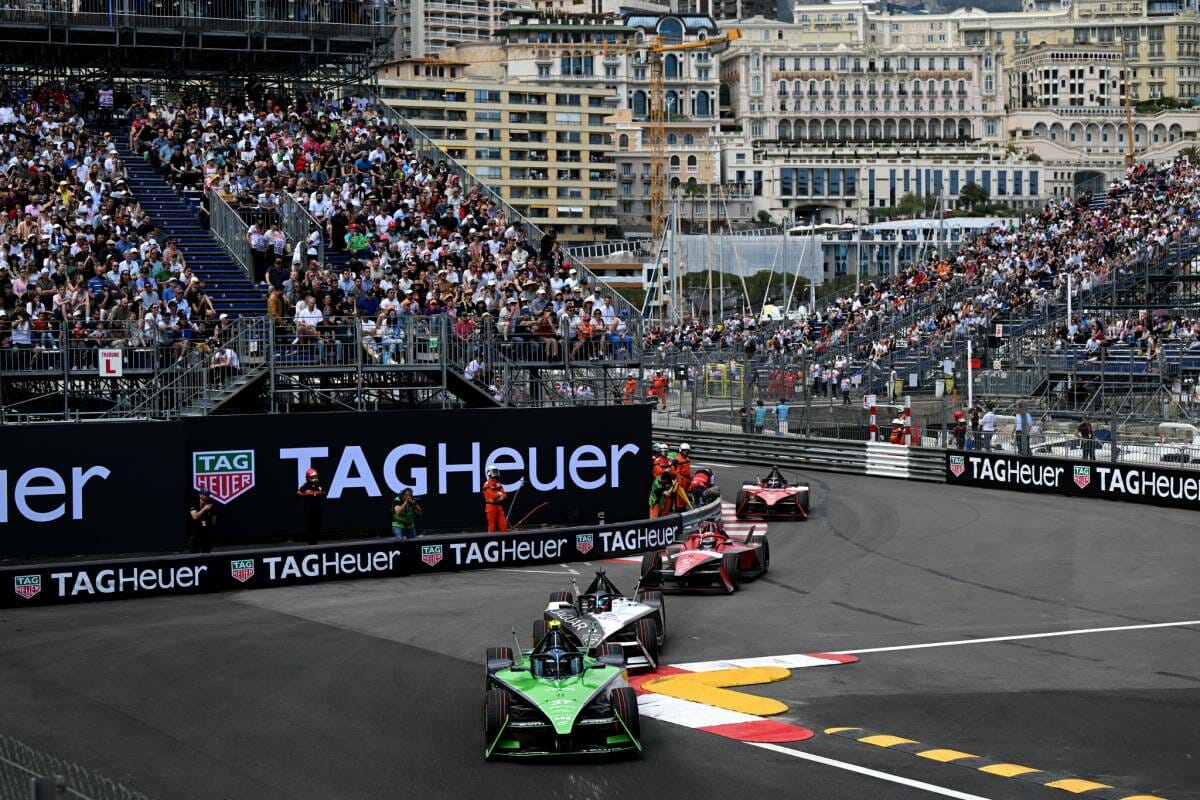
First accident and first winner
Electric car racing only dates back a few years, but it already has had accidents. The very first edition of Formula E was marked by quite a dangerous collision. Lucas Di Grassi won that 2014 Formula E in Beijing, taking advantage of a spectacular crash on the track. Braking at the corner of the last lap, Nicolas Prost, as close to the victory as he could be, collided with Nick Heidfeld. The German lost control, and his Venturi electric car crashed into the fence, turning upside down.
After 25 laps on the track, the Brazilian racer Lucas Di Grassi thus became the first winner of a Formula E race. This was not the only race, however, that proved Lucas Di Grassi’s excellence in Formula E. In 2016, he won yet another E-Prix dream victory in the Parisian streets. This was only ever possible at the wheel of an electric vehicle.
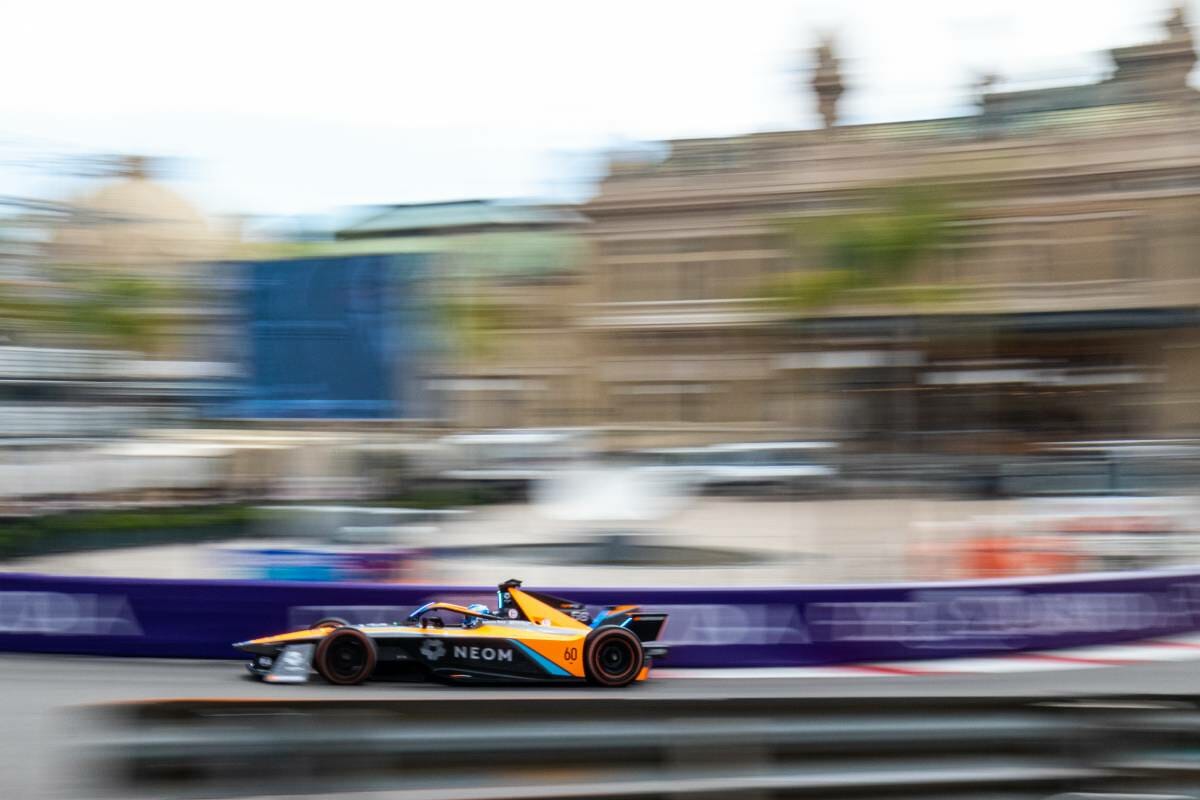
First Sponsor
Since the very first E-Prix race, BMW has been Formula E Official Automotive Partner. BMW i8 is the official safety car, i3 — the race director’s car, 530e iPerformance — the ambulance.
First Champion
Former Renault driver Nelson Piquet Jr. became the first Formula E champion in 2015 as part of China’s NEXTEV team. He was warmly greeted by Alejandro Agag, the Formula E organizer and Jean Todt, then FIA President. The French Renault e.dams was proclaimed the team winner.
The first racing season had seven winners representing six different teams. At one point, triple champion Sébastien Buemi was leading the competition, followed by Sam Byrd and Nelson Piquet Jr.
A number of Formula-1 drivers having retired from the prestigious championship pursued their illustrious careers in Formula E. Among them are Felippe Massa, having represented the Monegasque Venturi team and Lucas Di Grassi, equally having competed for Monaco. Not to forget Heikki Kovalainen, Esteban Gutierrez, Jacques Villeneuve, Sébastien Buemi, Jérôme d’Ambrosio, Vitantonio Liuzzi and Bruno Senna just to name a few.
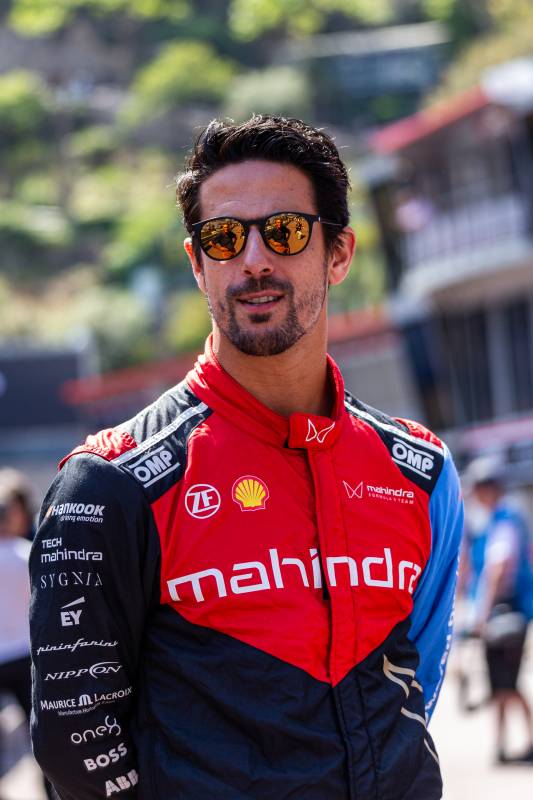
New seasons, new regulations and new records
The 2015/16 calendar counted ten races in nine different cities, while Formula E added seven new manufacturers to its ranks. The regulations were eased, enabling the teams to develop their engines, converters, gearboxes and rear suspensions, thus increasing the power to 230 hp.
Another Formula E particularity consisted in drivers having to change their cars in the midst of a race, as the power was still not sufficient to last until the finish line. During the first four seasons, it happened to be one of the most spectacular moments, the racers swapping cars at an incredible speed.
The third season was marked by quite a major change in the calendar. Formula E travelled to Hong Kong for the first time, stopping by in Africa in Marrakech and finally holding a double race in New York, the first time since 1896. It was also the first time in 12 years that Jaguar was back as a racing car manufacturer.
The 5th season marked the beginning of a bold new era for electric city racing, introducing the new Gen2 car. With an incredible Batmobile look, it delivered even more power thanks to a new, lighter battery, developing power of up to 225 hp, with a maximum speed of 280 km/h. The increase in battery capacity also made the pit stops unnecessary, since the car could now race in the new 45-minutes format, plus one more speed lap.
After six years and six seasons of street racing in the world’s most famous cities, in December 2019, Formula E was awarded World Championship status by the FIA.
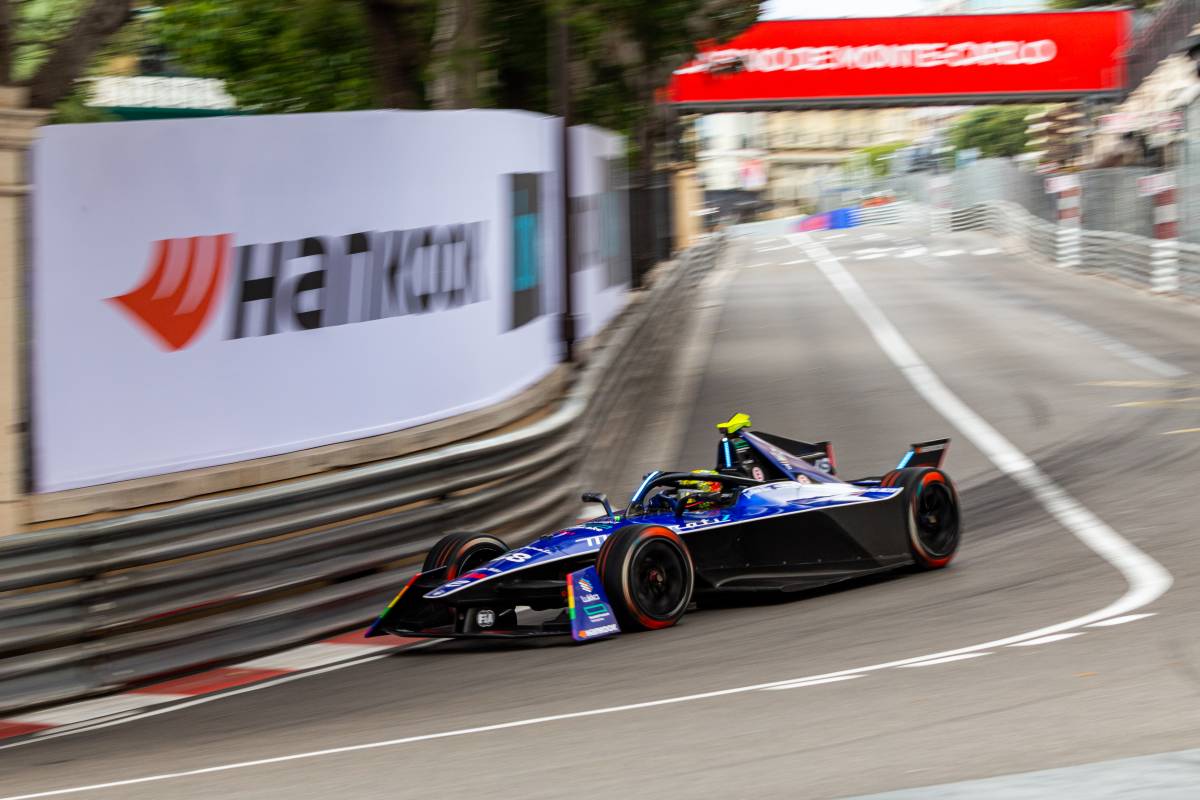
Maserati MSG Racing, the Monaco team among record holders
ROKiT Venturi Racing in the past, and Maserati MSG Racing today, has competed in the FIA Formula E World Championship since its very inception. It was the first manufacturer to join in December 2013.
In June 2018, the Monegasque brand took an important step appointing Susie Wolff as Team Director. She truly took Venturi to the next level, optimizing the team’s performance. Anticipating the sixth Formula E season, Venturi partnered with Mercedes-Benz. And just prior to the season opener in Diriyah, it announced a three-year titular partnership with global telecommunications innovator ROKiT that has trusted the team with expanding its motorsports portfolio.
Having 8 wins and 22 podium places Monaco’s racing team is now looking brightly into the future, with its brilliant drivers’ daring style.
In December 2022, Maserati MSG Racing unveiled the livery of the Maserati Tipo Folgore Gen3 — the first fully electric racing car in the history of Maserati — that now competes in Season 9 of the ABB FIA Formula E World Championship.
The first racing car to bear the Trident logo was the Tipo 26, which debuted in 1926 at the Targa Florio, finishing first place in its class with Alfieri Maserati at the wheel. Now the Maserati Tipo Folgore, audaciously portraying the Trident, enters the electrification era, accelerating Maserati’s commitment to Folgore, the brands 100 % new electric range. The new livery for the Maserati Tipo Folgore has been created to give a contemporary and pure look. The Maserati Trident is naturally prominent on the nose cone along with the Maserati Corse logo containing the Italian Tricolore sitting either side of the bulkhead.
The ambitious Monegasque pilots are certainly going to be competitive with the world’s best teams.
Venturi is renowned for its design and eco-friendly innovations. It has distinguished itself many a time breaking world records, under the ever strict guidance of Gildo Pastor, the Venturi Group Chairman. The Antarctica research vehicle, designed and built by Venturi, was the world’s first electrical research facility adapted to a harsh local climate. The Venturi Group has quite remarkably also set 21 electric motorcycle world speed records including in November 2021 with its Voxan.
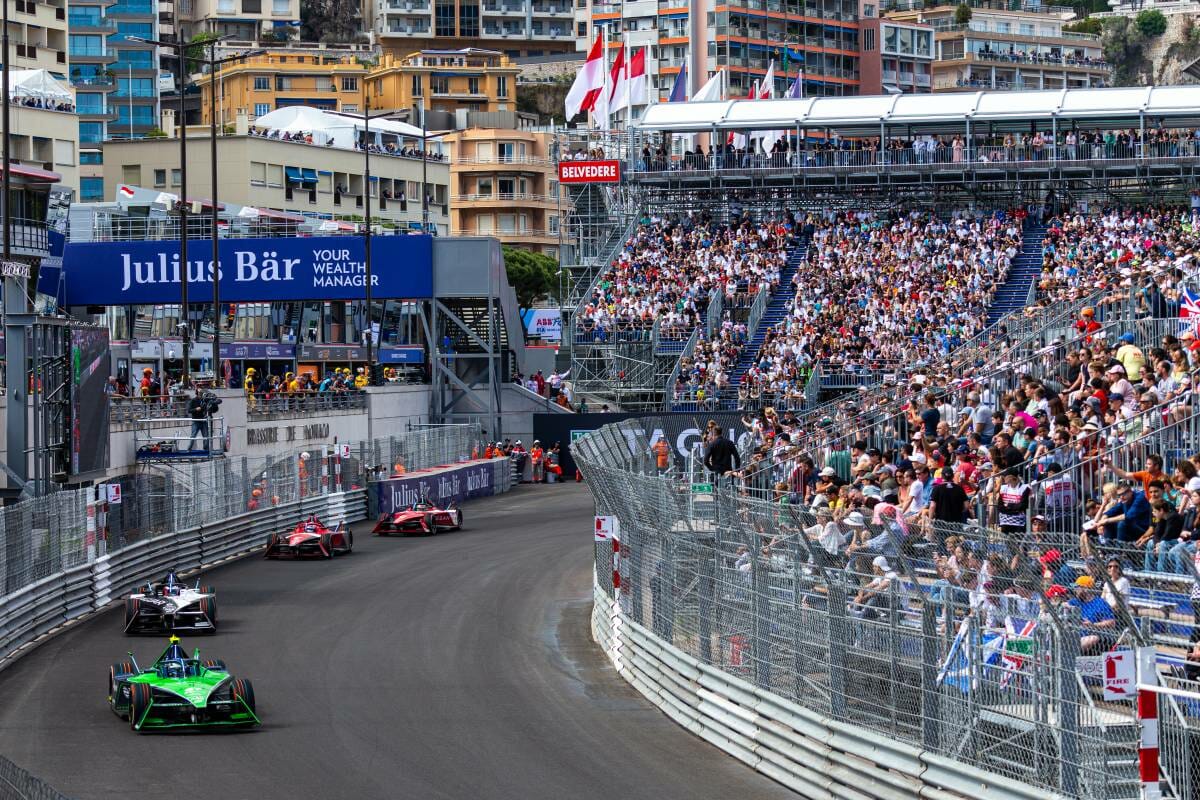
Monaco E-Prix 2023
In 2023 Formula E is in its 9th season. The E-Prix series race in Monaco attracted hundreds of motorsport fans and was just as spectacular as Formula 1. More than 100 dashing overtakes in 29 laps and breathtaking speed. The E-Prix drivers put on a show on the narrow streets of the Principality.
The Eprix ace New Zealander Nick Cassidy, racing for Envision Racing, starting from ninth position brilliantly outmanouvered the front-runners to finally win. Nick made a brilliant race and repeated his victory in Berlin. Mitch Evans (Jaguar) finished second, with Jake Dennis (Andretti) third.
The Maserati Principality team finished 12th. Edoardo Mortara crossed the line, but his German co-driver, Maximilian Günther, had to get off the track after a collision with Daniel Ticktum (NIO).
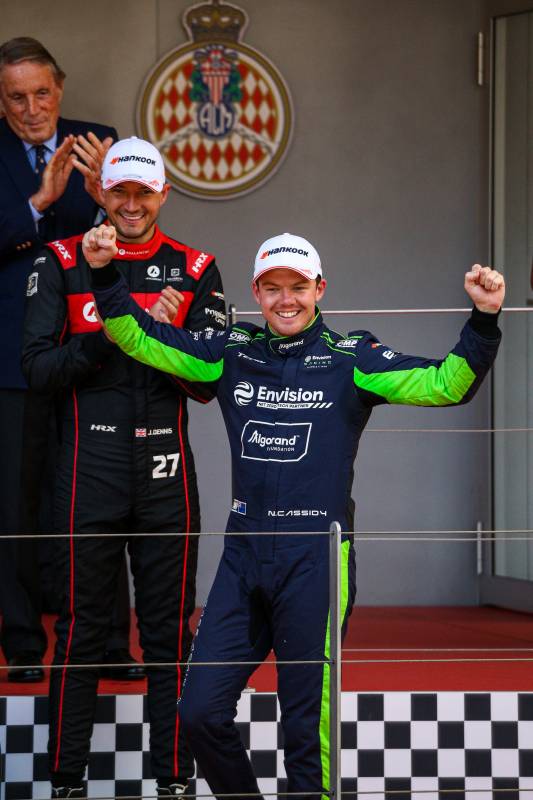
Some facts about racing in Formula E 2023:
• Nick Cassidy leads the standings for the first time, becoming the 18th driver to lead the Formula E championship.
• For the first time, drivers from the same country have won four races in a row, with New Zealand drivers winning every race since São Paulo.
• After winning FP1 in Monaco, Evans became the first driver to lead three practice races in Season 9. This season, he has finished in the top five in ten of 16 practice sessions.
• At Monaco, Dennis (Andretti Autosport) claimed his TAG Heuer Fastest Lap of the season, becoming the seventh driver to have claimed three such laps in one season. Dennis now claimed five in his last 13 races.
• Monaco was the 40th Formula E race in which Dennis, Cassidy and Wehrlein competed for their respective teams. Now 18 drivers have competed in at least 40 races for the same team. Buemi has raced 43 times for Renault e.dams and 55 times for Nissan e.dams, making the Season 2 champion the only driver to have raced more than 40 races for two teams.
• Envision Racing’s win in the Principality was its 14th in Formula E. Only Renault e.dams and TECHEETAH surpass them in the overall results (15 wins each).
• Seven different teams took the top seven places in Monaco — the first time this has happened since the first race in Seoul in Season 8, when eight different teams were in the top eight.
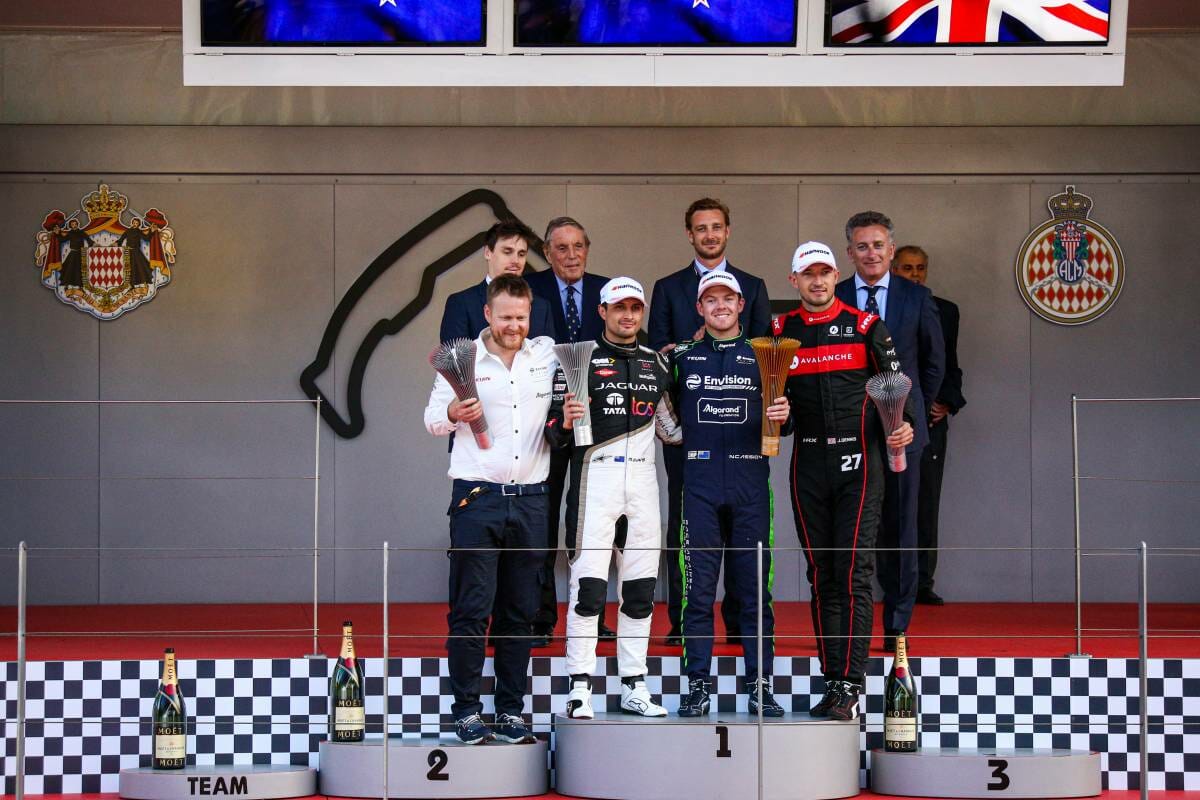
Formula E making the world a better place
One of the E-Formula’s primary missions is racing electric vehicles, whilst reducing harmful emissions in the atmosphere and striving for a better world. In the course of its not so long history, Formula E drivers have been incessantly making efforts in this direction.
In 2016, Lucas Di Grassi crossed the Arctic ice in Greenland abord a Formula E racing car. This was to make the public aware of the warmest year in history, with the ice caps reaching historically low levels.
A Formula E racing car has also famously competed with a cheetah. This animal was chosen for a reason, being one of the most exposed to the climate change threat. In 2017, a YouTube video of Frenchman Jean-Éric Vergne racing with a cheetah exceeded 50 million views. Felipe Massa met yet another challenge lauded by his fans at the wheel of the new Gen2. He raced the fastest bird in the world in a straight line.
The “And We Go Green” long-awaited documentary has been recently presented at the Cannes Film Festival. It introduces us behind the scenes of the racing drivers and demonstrates Formula E’s contribution to the climate change fight.
And the novelty of the eighth season of Formula (E) was the new GEN3 car, which was launched in Monaco. It is the fastest, lightest, most powerful and efficient electric racing car ever created. The GEN3 is powered by electric motors, which are significantly more efficient than internal combustion engines (ICEs), converting more than 95 % of electric energy, compared to about 40 % in the highly efficient ICEs of other motorsports. In addition, GEN3 is called a “power station on wheels,” generating more than 40 % of the energy consumed during the race through regenerative braking.
GEN3 is the first Formula E car to use linen and recycled carbon fiber in its body structure, and all carbon fiber waste is reused for new purposes. Natural rubber and recycled fibers make up 26 % of GEN3’s new tires, which are fully recycled after racing.
Thanks to its many innovations and concern for the planet’s ecology, Formula E has also been independently ranked and recognized as the most sustainable sport in the world by Global Sustainability Benchmark in Sports (GSBS).
Formula E is the very first carbon-neutral sports. Incessantly supporting a good cause; Formula E is investing in certified international projects to offset its electric vehicles’ emissions during the racing seasons.



